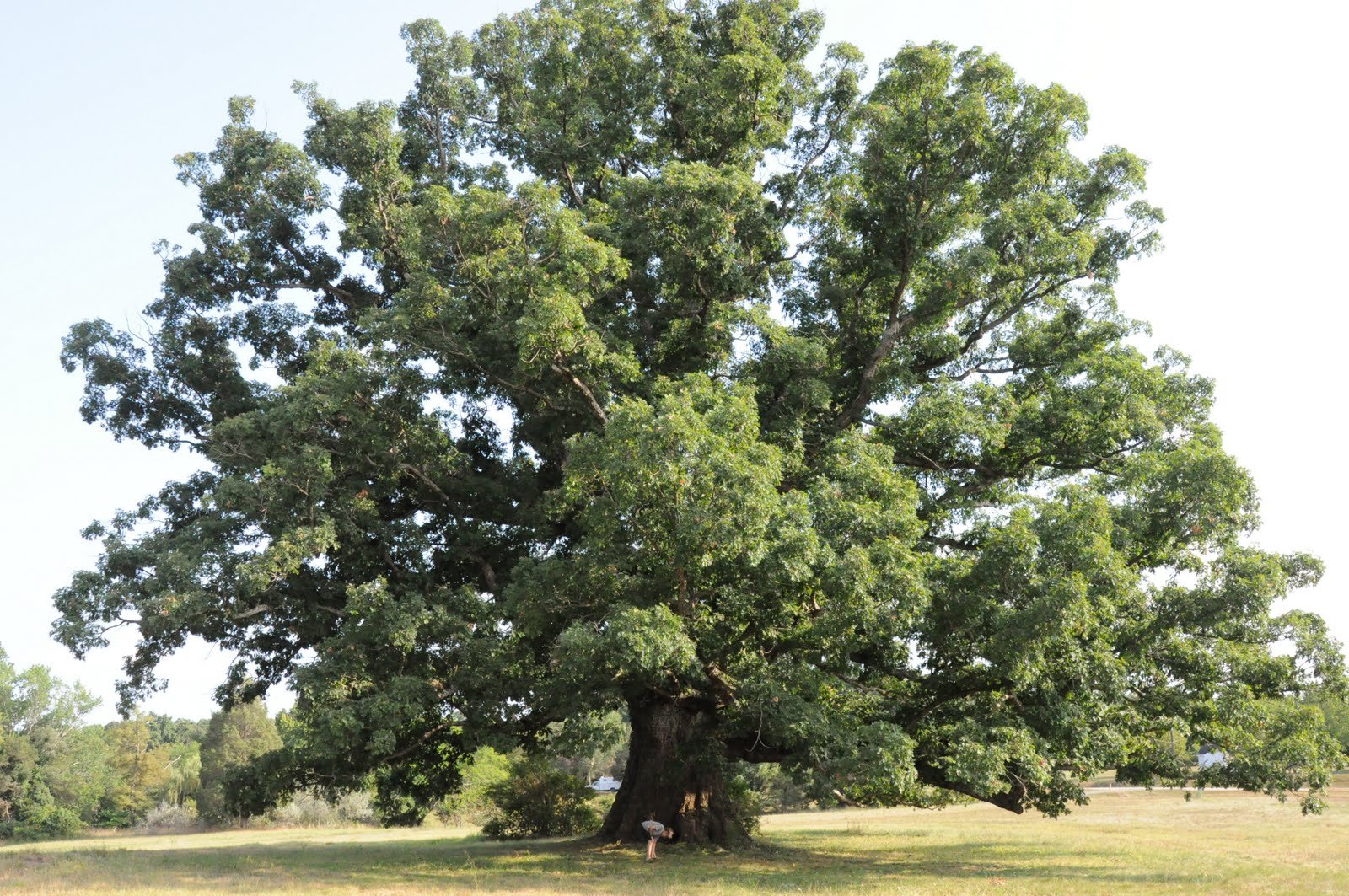White Oak
Quercus alba. The white oak, is one of the preeminent hardwoods of eastern and central North America. It is a long-lived, native to eastern and central North America and found from Minnesota, Ontario, Quebec, and southern Maine south as far as northern Florida and eastern Texas. Specimens have been documented to be over 450 years old. In the forest it can reach a magnificent height from 100-135 FT and in the open it develops into a massive broad-topped tree with large branches striking out at wide angles.
Famously championed by author Dog Tallamy for their incredible wildlife value, oaks are considered a keystone species, meaning they support a wide variety of other species in the ecosystem. Over 900 species of Lepidoptera (moths and butterflies) use oaks and the white oak acorns are a valuable food source, taking only one growing season to develop. The acorns are also edible with lower levels of tannins than the red oak group. Once leached or boiled to release the tannins, they can be used in a number of ways and were considered a staple crop to Native Americans.
White oak prefers full sun to partial shade in coarse, deep, moist, well-drained, loamy, slightly acidic soil but is adaptable to other soil types and is fairly drought tolerant once established. Wet sites should be avoided. The deep taproot makes it difficult to transplant. The tree is easily propagated by seed.
Sold as bare root trees AVG 18” tall.
Quercus alba. The white oak, is one of the preeminent hardwoods of eastern and central North America. It is a long-lived, native to eastern and central North America and found from Minnesota, Ontario, Quebec, and southern Maine south as far as northern Florida and eastern Texas. Specimens have been documented to be over 450 years old. In the forest it can reach a magnificent height from 100-135 FT and in the open it develops into a massive broad-topped tree with large branches striking out at wide angles.
Famously championed by author Dog Tallamy for their incredible wildlife value, oaks are considered a keystone species, meaning they support a wide variety of other species in the ecosystem. Over 900 species of Lepidoptera (moths and butterflies) use oaks and the white oak acorns are a valuable food source, taking only one growing season to develop. The acorns are also edible with lower levels of tannins than the red oak group. Once leached or boiled to release the tannins, they can be used in a number of ways and were considered a staple crop to Native Americans.
White oak prefers full sun to partial shade in coarse, deep, moist, well-drained, loamy, slightly acidic soil but is adaptable to other soil types and is fairly drought tolerant once established. Wet sites should be avoided. The deep taproot makes it difficult to transplant. The tree is easily propagated by seed.
Sold as bare root trees AVG 18” tall.
Quercus alba. The white oak, is one of the preeminent hardwoods of eastern and central North America. It is a long-lived, native to eastern and central North America and found from Minnesota, Ontario, Quebec, and southern Maine south as far as northern Florida and eastern Texas. Specimens have been documented to be over 450 years old. In the forest it can reach a magnificent height from 100-135 FT and in the open it develops into a massive broad-topped tree with large branches striking out at wide angles.
Famously championed by author Dog Tallamy for their incredible wildlife value, oaks are considered a keystone species, meaning they support a wide variety of other species in the ecosystem. Over 900 species of Lepidoptera (moths and butterflies) use oaks and the white oak acorns are a valuable food source, taking only one growing season to develop. The acorns are also edible with lower levels of tannins than the red oak group. Once leached or boiled to release the tannins, they can be used in a number of ways and were considered a staple crop to Native Americans.
White oak prefers full sun to partial shade in coarse, deep, moist, well-drained, loamy, slightly acidic soil but is adaptable to other soil types and is fairly drought tolerant once established. Wet sites should be avoided. The deep taproot makes it difficult to transplant. The tree is easily propagated by seed.
Sold as bare root trees AVG 18” tall.




